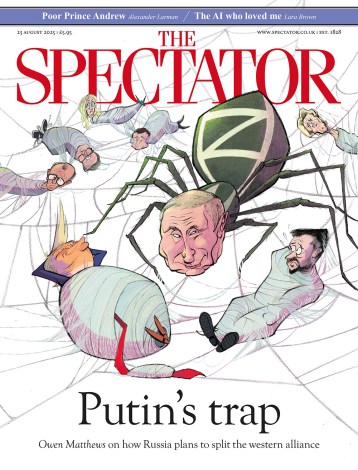Under the stars
Van Gogh and the Colours of the Night Van Gogh Museum, Amsterdam until 7 June Remembering his former teacher Vincent van Gogh, the painter Anton Kerssemakers described a walk one evening in 1884 from Nuenen to Eindhoven when Vincent suddenly stopped before the sunset, framed it in his hands and, half closing his eyes, cried out, ‘My God, how does such a fellow — whether God, or whatever you want to call him — how does he do that? We must be able to do that too!’ The hours of sunset, dusk and darkness — outdoors and in — always fascinated van Gogh. Perhaps it was the sense of sacredness





